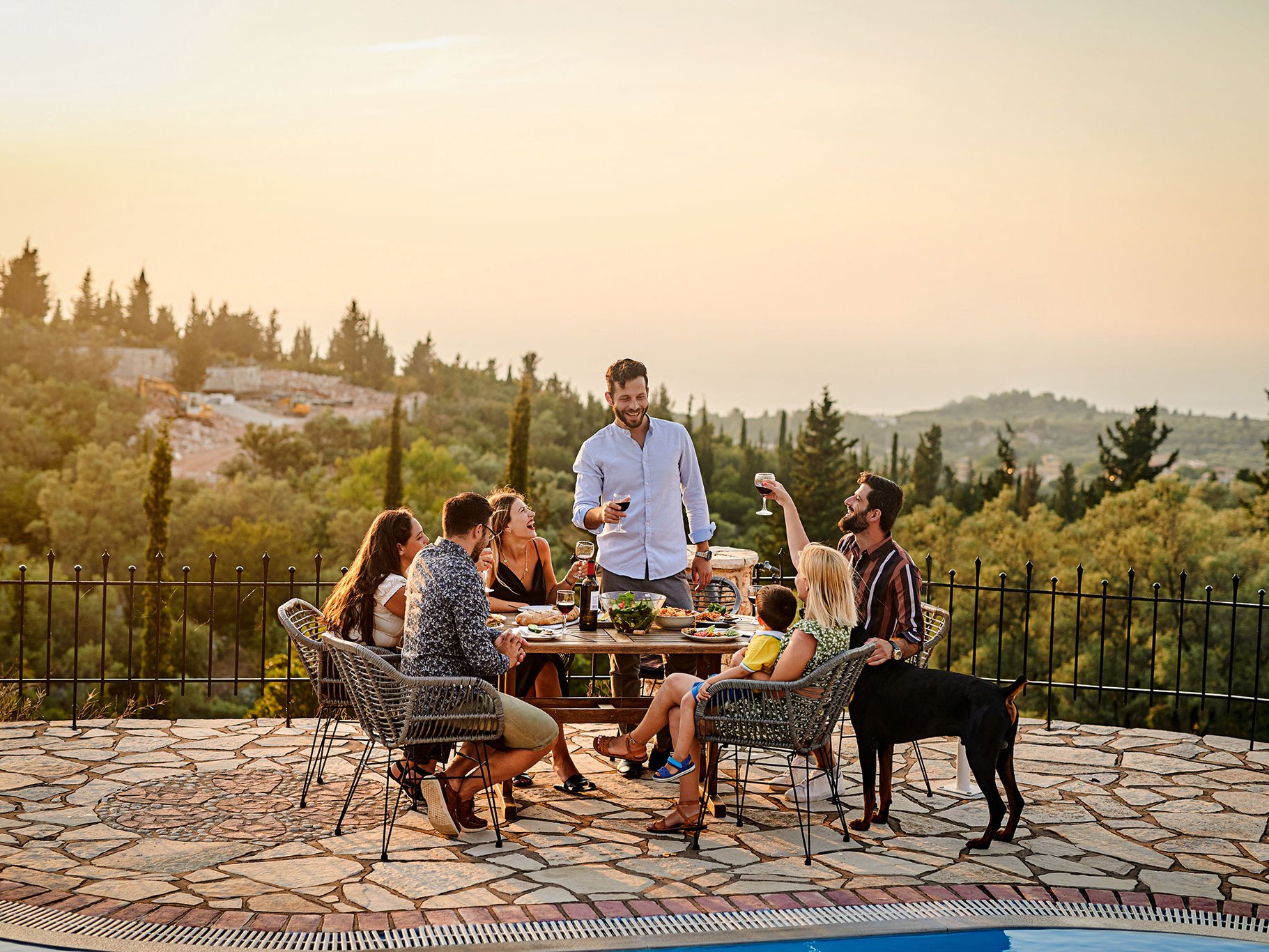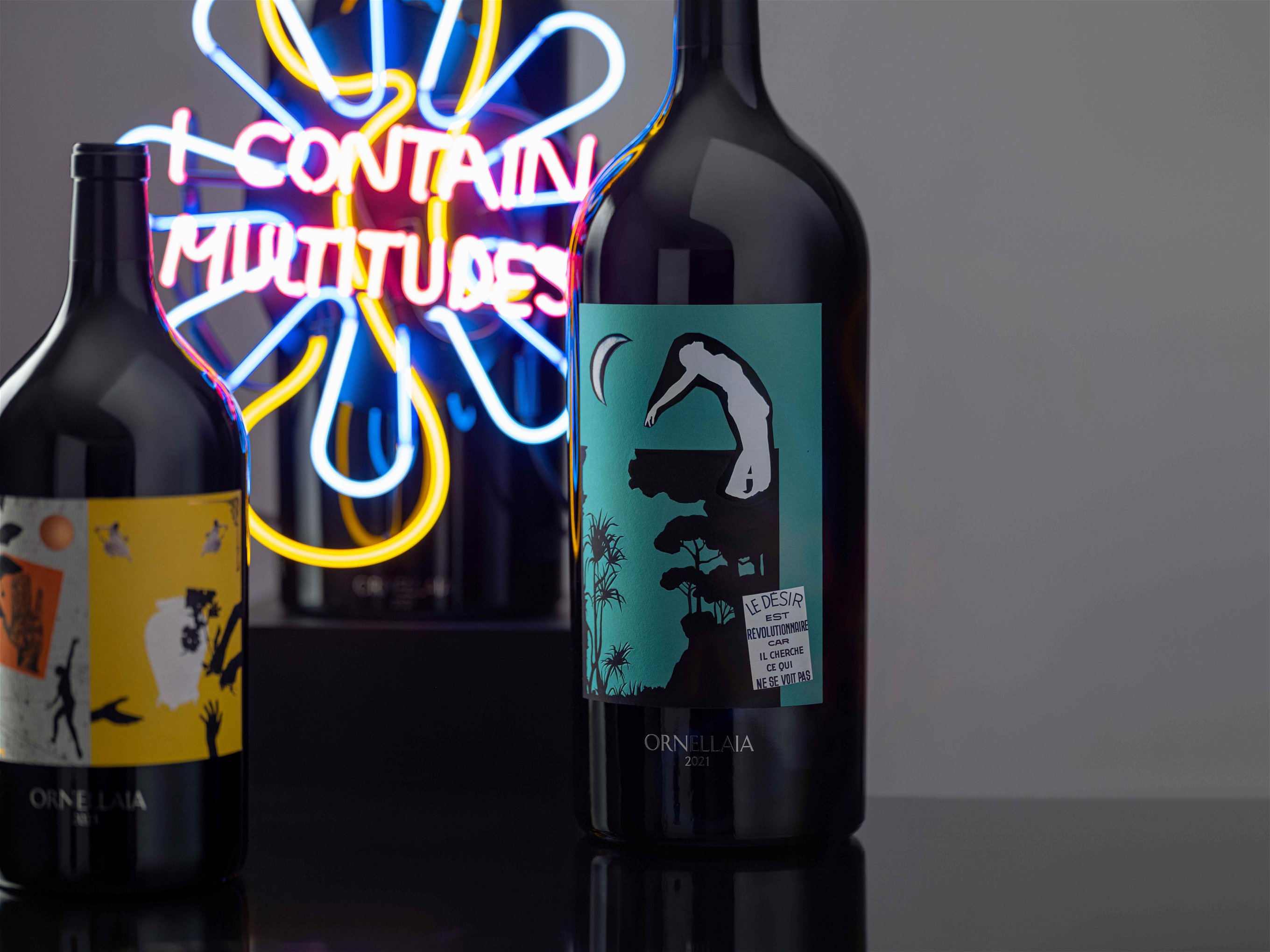Bordeaux: a tale of two cities
Bordeaux is a powerful symbol of the affluent fine wine market. So why have its producers taken to the streets demanding a government bail out?
It’s hard to square recent reports from Bordeaux of desperate vignerons, government bailouts and vine pulling schemes with the image of all those opulent châteaux, commanding eye-watering prices for their bottles. Surely two such contrasting scenarios cannot co-exist? Well, yes they can.
Earlier this month, the French government approved a €160 million fund to support the distillation of the country’s wine surplus. The oversupply issue is not restricted to Bordeaux, but this region is certainly at its epicentre. A strike in December saw hundreds of growers take to the streets of Bordeaux, protesting at the social and economic crisis provoked by this oversupply.
Even those wishing to give up on viticulture altogether feel trapped. It’s illegal simply to abandon vines because of the associated disease risk – blights such as flavescence dorée already pose a serious problem for those producers who are still profitable. But many growers complain they can’t afford the cost of grubbing up their vines.
It's all a far cry from the elite echelons of this famous wine region. There can be few profitability concerns for the likes of Château Lafite Rothschild, whose 2021 vintage is offered en primeur at £3,500 per case – and that’s before any VAT or duty. Even at the more grounded end of the classed growth spectrum, a case of fifth growth Château Cantemerle 2021 commands a respectable en primeur price of £216.

When the headlines and merchant newsletters are full of record auction results, rave reviews and tantalising offers, it’s easy to forget just how small a proportion of Bordeaux’s producers such activity actually represents. This is a large region, in fact the largest after the sprawling Languedoc-Roussillon. Production may be on the slide, but in 2021 Bordeaux still yielded 377 million litres of wine, equivalent to 500m bottles, from just under 110,000 hectares.
By contrast, France’s other most famous fine wine region, Burgundy, produces just 145m litres from about 30,000ha of vines. It therefore doesn’t take too much international buzz around these wines to create a very different supply and demand challenge to the one faced by Bordeaux.
While the fine wine market obsesses over the 61 estates in the Médoc’s immutable 1855 classification, that’s just the tip of the iceberg. There are around 6,100 estate owners and growers across the whole of Bordeaux, farming on average 17ha of vines. This figure throws up another sharp disparity in profitability: not only can Château Lafite command eye-watering prices; with 112ha of vines this estate also significantly outcompetes most producers on volume.
Clearly there’s an imbalance that needs addressing. But for the wine drinker – as opposed to the wine investor or collector – the current situation means that Bordeaux represents a far more rewarding hunting ground than Burgundy. If you can look beyond the big names, there are hundreds of “petits châteaux” offering delicious wine for a friendly price.
Shop carefully
In a region this large, quality will always be variable, but there are plenty of gems. Savvy buys include Château Pibran, a humble Cru Bourgeois whose vines border those of Pauillac grandees Mouton Rothschild, Lynch-Bages and Pontet-Canet. Just as reassuringly, the viticulture and vinification is handled by the same team behind second growth Pichon-Baron.

There’s also reassuring know-how behind Entre-Deux-Mers estate Château Argadens, a genuinely superior Bordeaux Supérieur in the hands of owner Maison Sichel, whose stable includes third growth Château Palmer. The same address also produces a very satisfying white. Bordeaux Blanc may be a small, unfashionable part of the region’s production, but it’s a tasty source of Sauvignon with a little extra Semillon weight and smoky oak than you’re likely to find in the Loire.
Another reliable favourite for fans of classic Bordeaux who don’t want to cellar it for 20 years or remortgage is Haut Médoc producer Château Sénéjac. Production is large enough that you may well even be able to pick up a bottle in the supermarket on your way home.
Fancy some plusher, Right Bank fruit? Then look out for the deliciously plummy Ronan by Clinet, made from fruit sourced by Ronan Laborde of top Pomerol estate Château Clinet. It’s even available in party size magnums. After all, we may not be able to resolve Bordeaux’s oversupply issues entirely, but everyone can do their bit.













